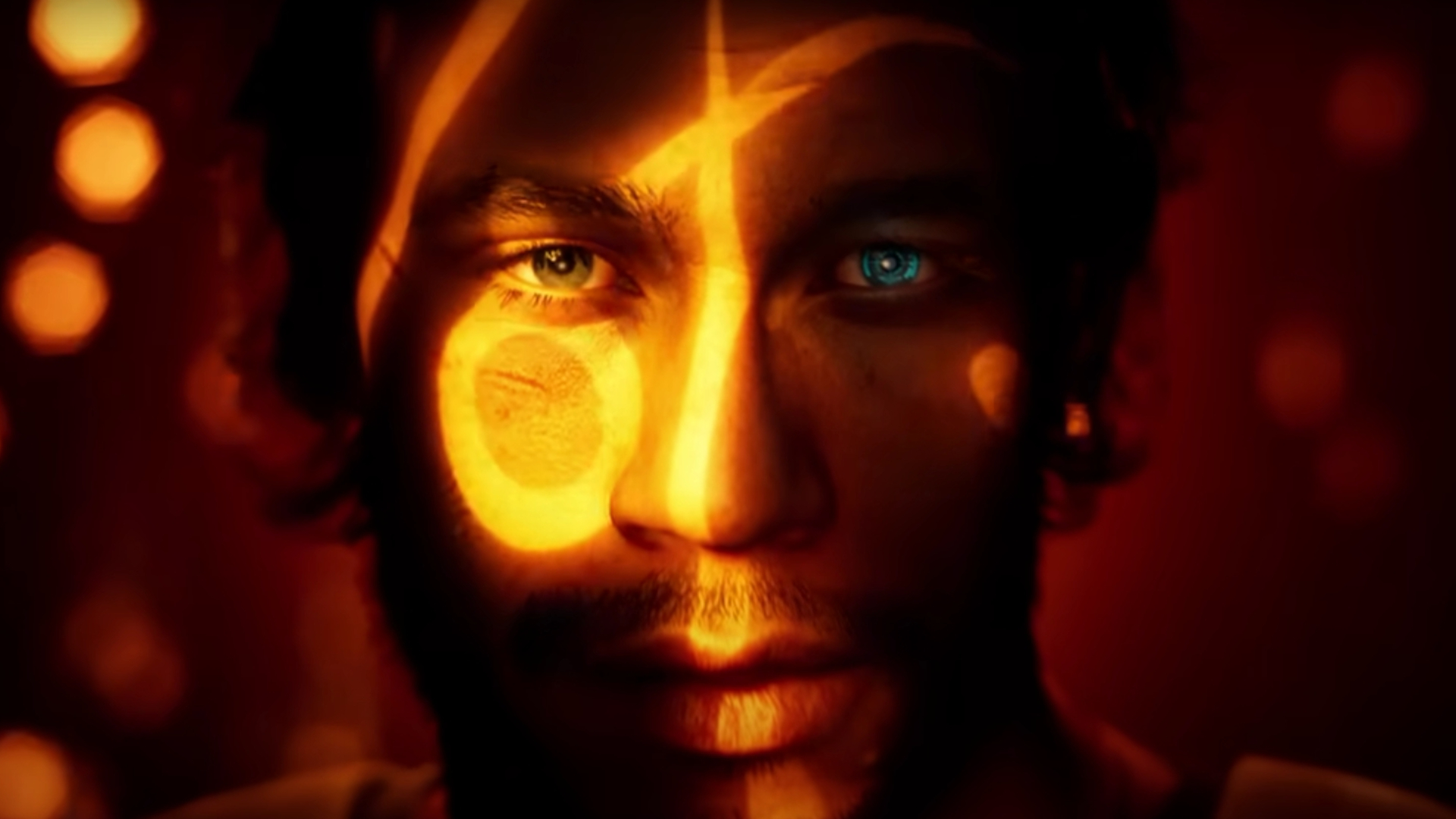
(Image credit: Build a Rocket Boy)
In a gaming era where single-player experiences often feel the pressure to pack in features akin to a Rockstar production, it’s somewhat refreshing to encounter MindsEye. Directed by ex-Rockstar developer Leslie Benzies and crafted by his latest venture, Build A Rocket Boy, this game embraces simplicity—a no-frills 360-era throwback with a concise ten-hour campaign. However, while it’s commendable for avoiding complex menus and RPG-like upgrade systems, the simplicity might be its downfall.
Initially conceived as a demonstration of Build A Rocket Boy’s bigger dream, Everywhere, MindsEye seems to have transitioned into a standalone title, published by IOI Partners. Yet, what should have been an exciting dive into creative potential now reveals itself as a hollow experience, much like the headlines it makes rather than the content it offers. This shift from an ambitious platform is highlighted by its limited setup on PC, while PS5 and Xbox Series X/S users are presented solely with the game’s campaign.
Releasing on June 10, 2025, and available on Build A Rocket Boy’s site, this game appears to be for Everywhere as Art’s Dreams was for Media Molecule’s Dreams. However, its reliance on Unreal 5 instead of a custom engine means visual proficiency does little to hide its lack of creativity. Glitches and bugs plague its supposedly high-tech veneer, reminiscent of cyberpunk demos without substance.
Set amidst the sands of Redrock City, a Vegas-esque future where gambling is banned, players embody Jacob Diaz, an ex-soldier with memory loss, who infiltrates Silva CorpBlack Mirror.
A weak yet functional plot could have been offset with engaging mechanics, but MindsEye’s tech, notably the Lenz—a futuristic contact lens—does little beyond serving as a diegetic UI. Despite its sci-fi backdrop, when faced with enemies, the combat emerges as basic third-person shooting without the futuristic flair one might hope for. The additional introduction of a drone companion attempts to add depth, offering mechanics like first-person control for stealth tasks, albeit with limited effect.
While minigames and side quests aim to diversify gameplay, the repetitive missions largely consist of cover shooting or mindless driving. Unlike its contemporaries, Redrock City offers a ‘faux-pen’ world with little vibrant life, and driving mechanics often turn frustrating without offering full map capabilities. Player actions, like obligatory pedestrian collisions, provoke minimal consequence, comically underlined by the mild reactions of authority.
The inability to fire while driving, restricted vehicle exits, and limited vehicle interactions mark MindsEye’s mechanical boundaries. Despite its short duration of about 8-10 hours, the campaign seems stretched, culminating anti-climatically with an unfulfilled cliffhanger. Designed to segue into user-generated content, Redrock shrouds itself as a canvas for imagination—a space demonstrated through developer-crafted side missions, accessible via the ‘Play’ menu.
Intriguingly crafted missions such as Diaz’s past anti-terror op show potential but ultimately feel detached from the main narrative due to superficial and generic mechanics. Regardless, for eager builders, BARB’s empty cityscape remains open for creativity. In a landscape offering countless interactive adventures, finding inductive inspiration within MindsEye remains an elusive endeavor. For a deeper dive into sci-fi worlds, you might explore this list of sci-fi games.